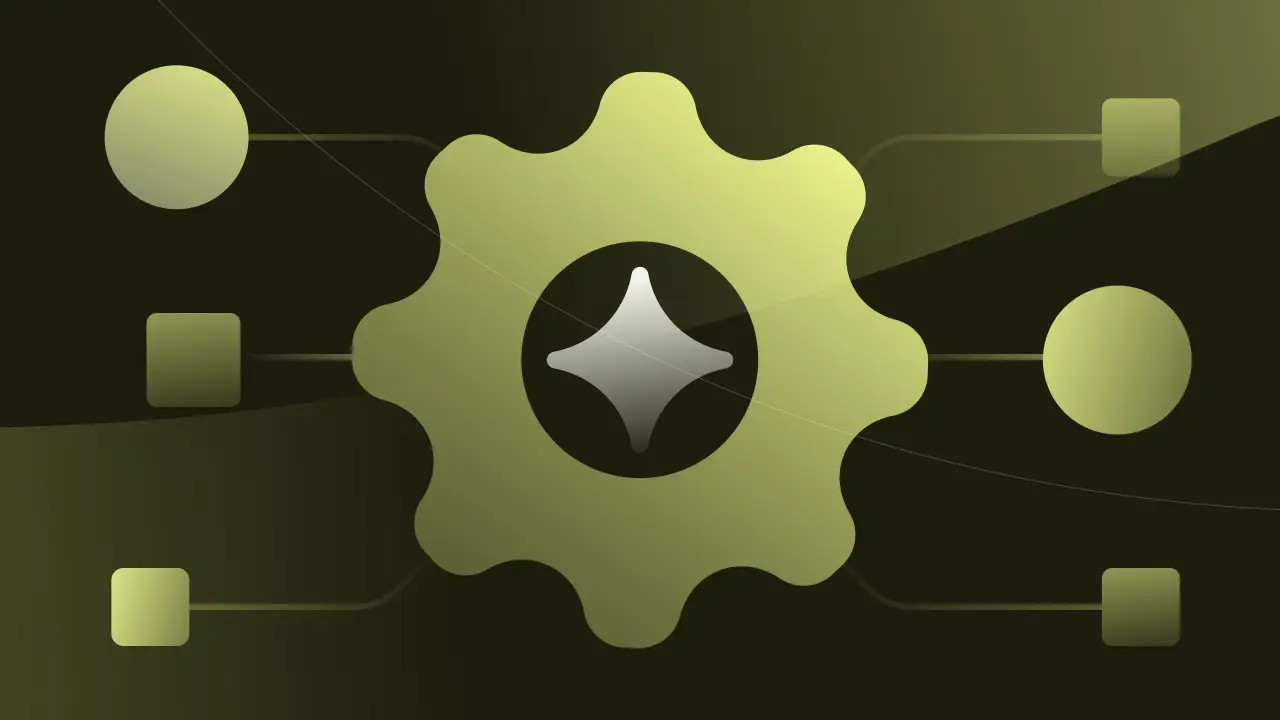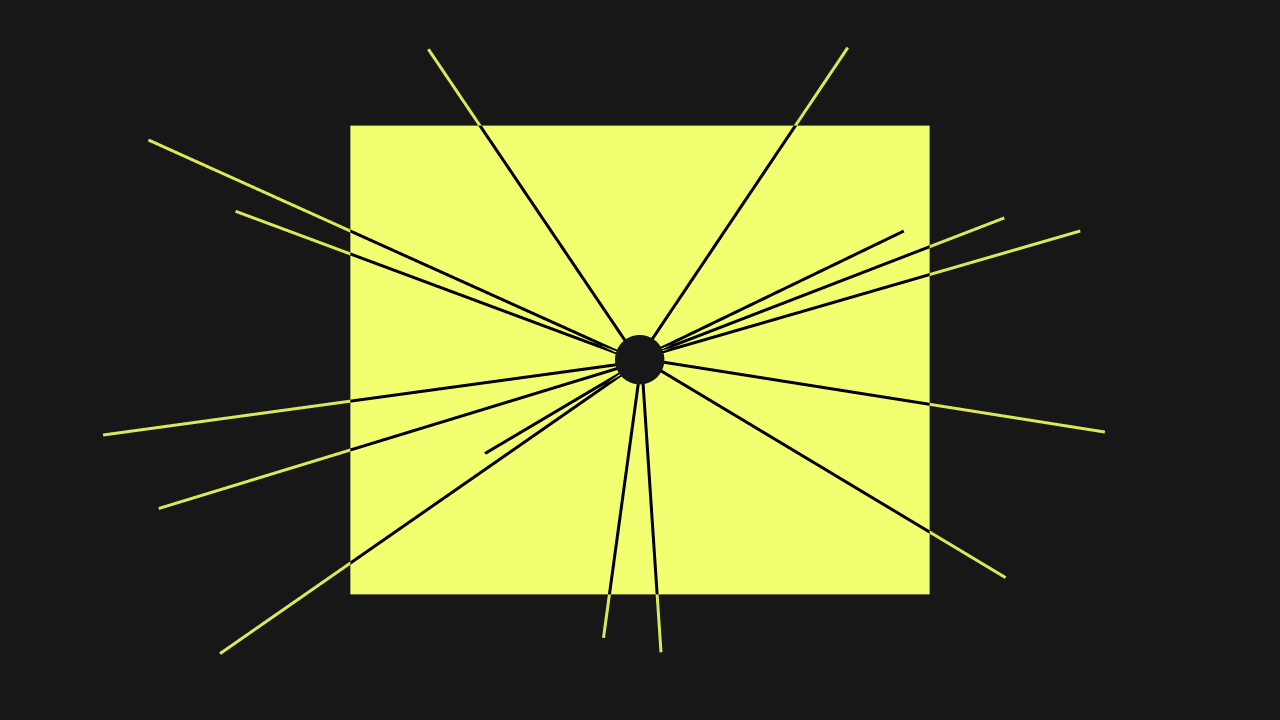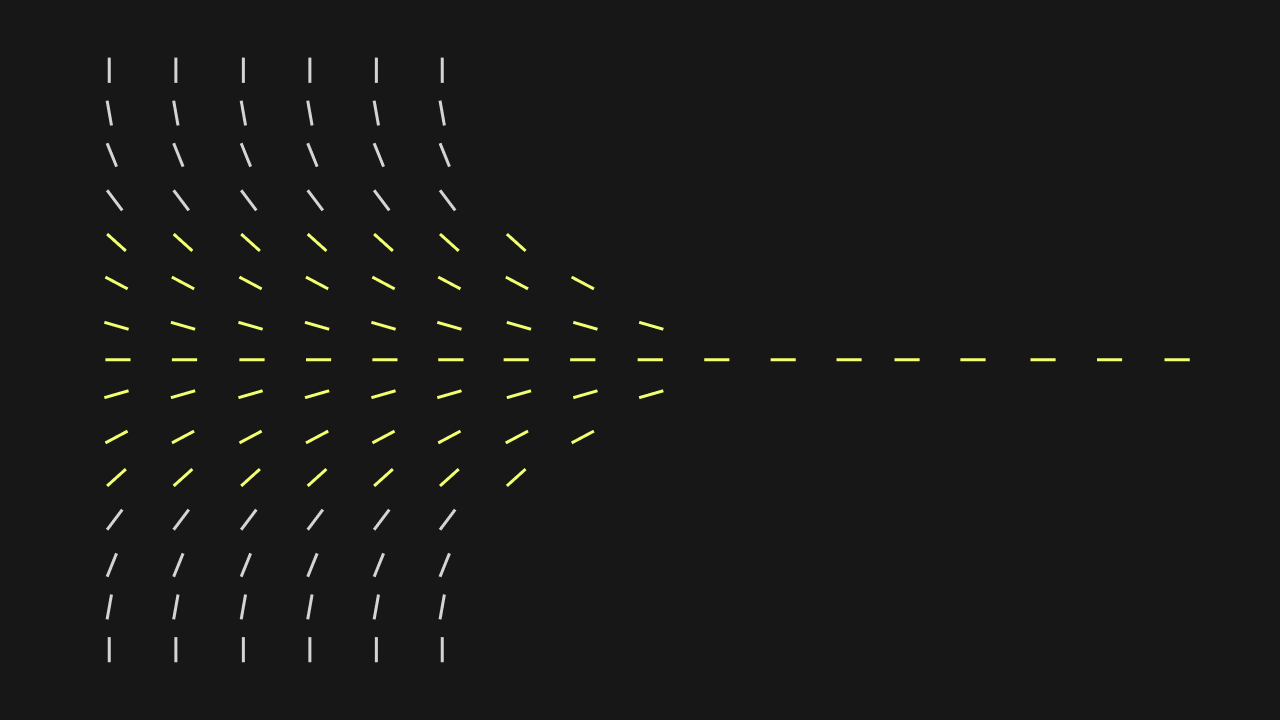
Key Takeaways
RPA and AI are distinct technologies that can be combined to achieve more powerful automation, a concept often called Intelligent Automation.
- How they work together: AI is a “thinking” and “learning” technology (e.g., reading a document), while RPA is a “doing” technology (e.g., moving data). In a sequence, AI can handle the cognitive steps and then hand off the simple execution steps to an RPA bot.
- The business impact: This combination allows for the automation of more complex workflows than RPA could handle alone.
- The key analogy: AI is the brain, and RPA is the hands.
For businesses today, efficiency and precision are more critical than ever. Organizations constantly seek innovative ways to streamline operations, cut down on manual effort, and unlock new levels of productivity. The journey towards truly intelligent automation often involves a powerful partnership between two transformative technologies: Robotic Process Automation and Artificial Intelligence. This collaboration is changing how businesses function, moving beyond simple task automation to create smarter, more adaptive, and highly efficient workflows. For executives, operations managers, and IT leaders, understanding this synergy is key to navigating the future of work.
Traditional business operations can be bogged down by repetitive tasks, data entry across multiple systems, and rule-based decisions that consume valuable human time and resources. While early forms of automation brought some relief, the integration of Robotic Process Automation and Artificial Intelligence takes process enhancement to an entirely new dimension. This fusion allows systems to not only follow predefined steps but also to learn, adapt, and make intelligent decisions based on data. This shift is essential for businesses aiming to optimize their processes, accelerate decision-making, and free up their human workforce for more strategic, creative, and value-adding activities. The combined power of Robotic Process Automation and AI is a game-changer for digital transformation.
Robotic Process Automation Software
Robotic Process Automation software refers to technology that allows anyone to configure computer software, or a “robot,” to emulate and integrate human actions interacting with digital systems to execute a business process. Just like humans, RPA software robots can understand what is on a screen, complete the right keystrokes, navigate systems, identify and extract data, and perform a wide range of defined actions. But RPA software robots can do it faster and more consistently than humans.
Think of RPA as software robots that mimic human behavior on a computer. They interact with applications through the user interface, just as a person would. They are excellent at handling repetitive, high-volume, rule-based tasks such as data entry, form filling, invoice processing, and report generation. The primary strength of Robotic Process Automation lies in its ability to automate existing business processes without requiring changes to underlying IT systems, making it a quick and non-invasive way to achieve automation benefits.
Robotic Process Automation and AI
This is a common question, and the answer involves a clear distinction. Robotic Process Automation by itself is not Artificial Intelligence. RPA is about automating rule-based and repetitive tasks. It follows explicit instructions. If a process requires judgment, interpretation, or learning from new data, traditional RPA alone cannot handle it.
However, RPA and AI are complementary technologies. While RPA is about doing, AI is about thinking and understanding. RPA focuses on automating structured, well-defined tasks, essentially mimicking human actions. AI, on the other hand, involves algorithms and models that enable machines to simulate human intelligence through learning, reasoning, and problem-solving. So, while Robotic Process Automation is not inherently AI, it can be significantly enhanced by integrating AI capabilities. Therefore, RPA is not part of AI in the same way that a car is not part of an engine, but an engine makes the car go. They serve different but often synergistic functions.
How RPA and AI Work Together
The true power of automation emerges when Robotic Process Automation and Artificial Intelligence are combined. This synergy allows organizations to automate more complex, end-to-end processes that were previously beyond the scope of either technology alone. Here is how AI and RPA work together to automate tasks:
- Intelligent Document Processing (IDP): AI components like Optical Character Recognition OCR and Natural Language Processing NLP enable RPA robots to read, understand, and extract data from unstructured or semi-structured documents such as invoices, contracts, or emails. The RPA bot then takes this intelligently extracted data and inputs it into business systems.
- Enhanced Decision Making: AI-powered machine learning algorithms can analyze vast datasets to identify patterns and make predictions. RPA bots can then leverage these AI insights to make more informed decisions within a workflow, going beyond simple IF/THEN rules. This means Robotic Process Automation and AI together can handle processes with more nuanced decision points.
- Cognitive Automation: By integrating AI for natural language understanding and generation, RPA bots can interact with customers or employees through chatbots or virtual assistants, handling inquiries and performing tasks based on conversational input. This elevates the customer experience and automates routine support.
- Predictive Analytics: AI can forecast future outcomes based on historical data. RPA bots can then proactively initiate processes or trigger alerts based on these predictions. For example, anticipating a stockout and automatically placing a reorder. This is a significant area where AI benefits from RPA by putting insights into action.
- Process Mining and Discovery: AI-driven process mining tools analyze system logs to identify exactly how processes are executed, reveal bottlenecks, and suggest optimal pathways for automation. RPA then implements the automation suggested by the AI analysis, creating a continuous improvement loop. This collaboration ensures that Robotic Process Automation and AI are applied to the most impactful areas.
- Exception Handling: AI can learn from past exceptions and suggest solutions or even automatically resolve them without human intervention. The RPA bot then executes these learned solutions, reducing the need for human oversight in complex scenarios. The combination of RPA + AI significantly improves error handling.
This combined approach allows for ‘intelligent automation’ where Robotic Process Automation and AI collaboratively handle processes that require both structured task execution and cognitive capabilities like understanding, learning, and decision-making. The partnership of RPA & AI enables end-to-end digital transformation for businesses.
The Potential Benefits of Combining AI and Robotics
Combining Robotic Process Automation and Artificial Intelligence unlocks a new level of automation that delivers substantial benefits across an organization. The potential advantages extend far beyond simple cost savings, touching on efficiency, accuracy, scalability, and strategic value. When Robotic Process Automation and AI are integrated, the gains are truly transformative:
- Improved Efficiency and Speed: Automating cognitive tasks alongside repetitive ones significantly accelerates process completion times. Humans are freed from mundane work, allowing them to focus on higher-value activities.
- Enhanced Accuracy and Quality: AI reduces human error in data interpretation and decision-making. RPA ensures flawless execution of steps, eliminating manual mistakes. The synergistic effect of RPA & AI leads to virtually error-free operations.
- Greater Scalability: Automated processes can be scaled up or down quickly to meet fluctuating demands without needing to hire or train more staff. New automation capabilities can be deployed rapidly across departments or regions.
- Cost Reduction: Operational expenses decrease as manual labor needs are reduced. Faster processing means quicker transactions and improved cash flow.
- Better Customer and Employee Experience: Faster service delivery and accurate responses improve customer satisfaction. Employees are empowered to engage in more creative and strategic work, boosting morale. Robotic Process Automation and AI contribute to a more responsive business.
- Deeper Insights and Analytics: AI processes vast amounts of data generated by RPA, providing richer insights into business operations. This leads to better strategic decision-making and continuous process improvement. AI benefits from RPA by having structured data to analyze.
- Increased Compliance and Auditability: Automated processes leave a clear audit trail, ensuring regulatory compliance. The consistency of RPA + AI reduces the risk of non-compliance errors.
- New Business Opportunities: The ability to process more data and execute complex tasks rapidly can open doors to new services or business models. Faster time to market for new initiatives becomes possible.
By leveraging the strengths of both Robotic Process Automation and AI, businesses can build a truly intelligent automation ecosystem that drives efficiency, fosters innovation, and provides a significant competitive edge. Robotic Process Automation and Artificial Intelligence together unlock the full potential of digital transformation.
The Path Forward
Robotic Process Automation and AI working in concert have undeniably pushed the boundaries of what automation can achieve. While RPA alone excels at structured, repetitive tasks, its marriage with AI transforms it into a cognitive force capable of handling complexity, interpreting unstructured data, and making intelligent decisions. This evolution marks a pivotal step in the journey of digital transformation.
For organizations grappling with intricate processes across finance, operations, and IT, the combined strength of Robotic Process Automation and Artificial Intelligence offers a compelling solution. This partnership enables a deeper, more adaptable automation that drives significant operational efficiencies, enhances data insights, and redefines the capabilities of a modern workforce. The future of enterprise automation lies in continually finding innovative ways for RPA & AI to collaborate, leading to more resilient, responsive, and intelligently automated businesses.
Discover the Power of Kognitos
Our clients achieved:
- 97%reduction in manual labor cost
- 10xfaster speed to value
- 99%reduction in human error








